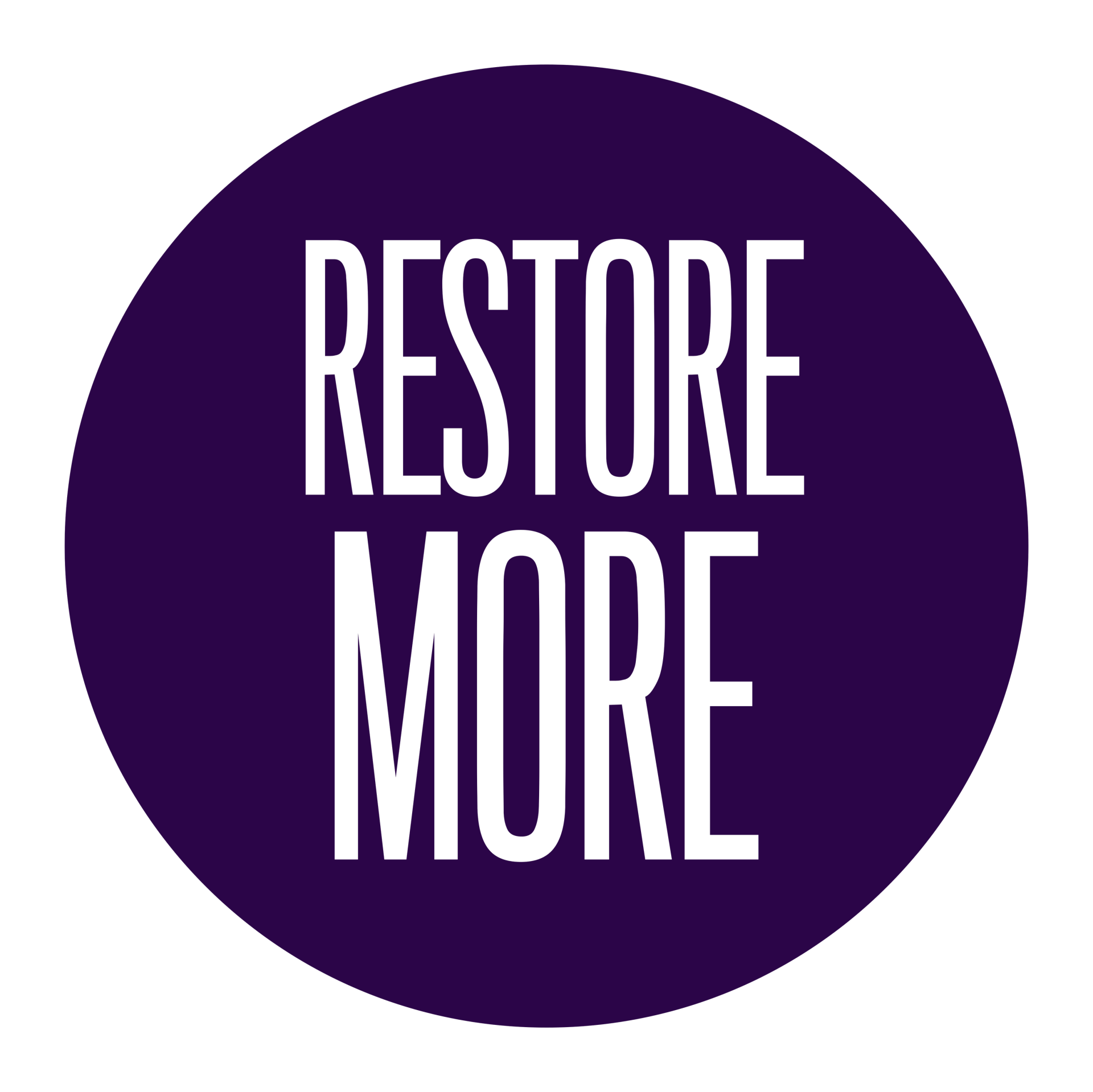14 Awesome Things about Counseling via Telehealth

Have you considered whether counseling via telehealth is a good option for you?
Advances in modern technology have made telehealth more available and affordable than ever before. Telehealth videoconference platforms are both secure and HIPAA compliant, meaning you’ll get the same level of privacy and confidentiality you would receive from an in-person counseling session, and all your personal health information is secure too. Of course, I’m assuming you’re not going connect to the session from a coffeeshop.
There are a few reasons why an in-person session could be best, like counseling for young children or some specific family counseling situations, but overall, you can get the help and support you need through counseling via telehealth.
Here’s my top 14 awesome things about counseling via telehealth. Take a look and consider if it might be a good (or better) option for your needs.
1. Convenience & Flexibility
In general, you will find that choosing counseling via telehealth over in-person will offer you more convenience and flexibility. Read on and I’ll explain what I mean.
2. There’s No Place Like Home
Ah!... the comfort of your own space. There’s nothing like it. Not having to leave your house to make a counseling appointment is fantastic. And not just for agoraphobia. Being in your own home for session can reduce your anxiety. Want to sit in your bed? Do it. Pet your dog? Fine by me!
3. Bye-Bye Commute
Speaking of anxiety, I hate the feeling of rushing to get somewhere and fear of running late. How about you? With a telehealth appointment, you’re less likely to be running late for the session. No traffic = no stress. And if you’re taking time off from your workday, you could connect from your car, so you aren’t risking being late getting back to work. Added bonus: you can save money on gas, parking, and/or public transportation.
4. Better First Session
Telehealth could improve the experience of your first session, especially if it’s your first-time doing therapy. First sessions can be disorienting. With telehealth you don’t need to look up the therapy office on Google Maps, then calculate when you need to leave, then drive around looking for parking, then find the physical office, then wait in the waiting room, and then try to get comfortable in the room when its finally your turn. Why not cut that whole unnecessary part out?
5. Germ-Free
Whether you’re concerned about Covid-19, Flu season, or you’re an amateur germaphobe, connecting from your own space means less exposure to potential illness. This is can be especially important for elders and immunocompromised persons. And if, (perish the thought!) the government ever issues another stay-at-home order, you’re already prepared.
6. Lunch Break Counseling
If you work full-time 40, 50, 60+ hours a week, scheduling counseling appointments can be difficult. Many therapists offer evening and weekend appointments, but they’re coveted and often full. With telehealth, there’s no reason you have to wait until after work (or even take off time from work). If you have an hour lunch break, you have time for an appointment.
7. Separate, But Together
Who said you can’t be in two places at once? We can be in three places at once, at least for couples counseling via telehealth we can. Couples can access from two different locations. Is one spouse on the road a lot? Or flies out more than 50x a year? Maybe one of you works in a different town during the week, staying at a hotel or apartment, and only is home on the weekend. Or maybe you’re on a trial separation but still trying to make the marriage work. Try telehealth couples counseling with a Restore therapist.
8. Therapy-on-Wheels
When your counseling appointments are all telehealth, the therapy room moves with you! So go on, travel for work, travel for vacation, travel to your heart’s content, you can still make your sessions. Also, if you happen to move towns (within the same state), you won’t have to change therapists.
9. No Childcare? No Problem!
Many of us care for children or a senior adult during the day. Daycare can be expensive. Bringing them along to your appointment is both stressful and impractical. Telehealth appointments enable you to take care of yourself and them at the same time.
10. Family Pop-ins
Many clients find value in having a family member attend their session for a particular purpose. They aren’t interested in ongoing family therapy, but it can be helpful to have a family member—spouse, parent, child, or sibling—“pop-in” for one session or a part of a session. If the family member you want to come is unsure about therapy in general, asking them something like, “Hey, I have an appointment with my therapist next Tuesday at 10am on my computer; would you mind swinging by my place and joining us for 15 minutes?” can be way less intimidating. Or you might find yourself in the middle of a session and say, “You know, I think it would be helpful to have my wife’s perspective on this, can she join us for a sec?”
11. Screenshare
If I think of something that might help a telehealth client (an article, a book, an image, a diagram) while we’re in session, I can immediately look it up and show them by using screenshare. Otherwise, I’d have to make a note to myself, and either send it to them or bring it to the next session. Similarly, a client can show their homework, or a journal entry, or a photo, without having to remember to bring it with them.
12. Less No-Shows
It’s just easier to make it to a telehealth counseling appointment. So that cuts down on “no-shows”. “No-shows” are when a client has a scheduled appointment but doesn’t show up for the appointment and hasn’t contacted their therapist ahead of time. No-shows are bad for everyone. A no-show is bad for you because 1) inconsistent work yields inconsistent results, and 2) you most likely will be charged a fee. No-shows are also bad for therapists (it makes them grumpy sometimes) and for their other clients, because there’s no time to offer the therapy hour to another client.
13. Save Green
By “green” I mean good ole’ cash money! Did you know some insurance plans only cover part of the fee for an in-person appointment, but 100% for a telehealth appointment? I’m serious. You should check with your insurance.
14. Increased Access
Expanding telehealth helps clients everywhere. Clients who live in rural areas don’t have to drive to a big city. Clients who are wanting to see a specialist also don’t have to drive a long way. There’s always been underserved geographical areas in mental health, but since the beginning of 2020 it seems like there’s a shortage of therapists everywhere. Primarily this is because the number of people seeking counseling is at an all-time high. Choosing telehealth saves time for everyone, and when you choose telehealth, you choose to help increase access for others in need as telehealth can solve accessibility issues beyond long drives. Clients with physical disabilities or mobility concerns may benefit as well.
Ready to get started working on your mental, emotional, or relational wellness via telehealth? We’re ready too. Contact us at 616-228-9244 or through our secure contact form to get scheduled with a Restore therapist today!
Bryan R. Wisdom, MDiv, MA, LLMFT is a therapist with Restore Therapy Collective (100% telehealth), and has been involved in helping work for 19+ years. His personal mission is the help others live authentically, make better decisions, develop healthier relationships, and adventure beyond impossible. He loves his wife and kids, counseling, learning, comedy, strategy board games, travel, and outdoor adventures.
Restore Therapy Collective



